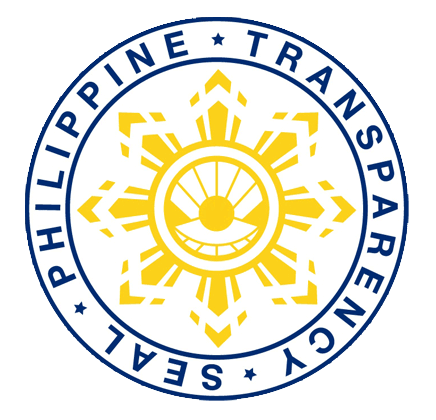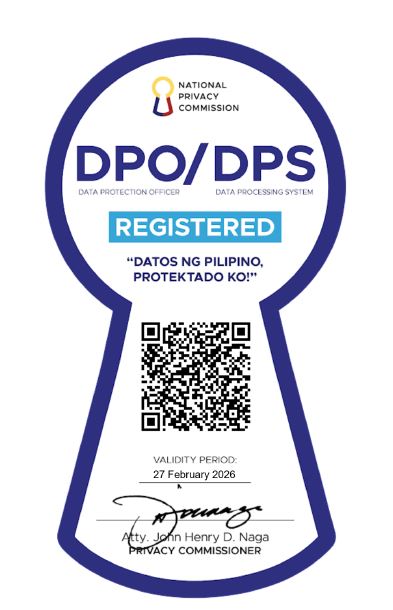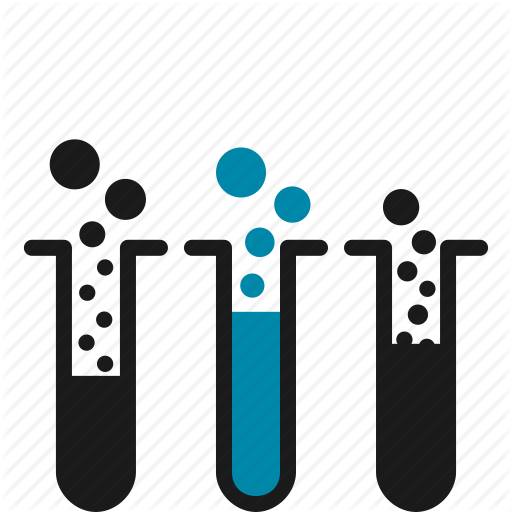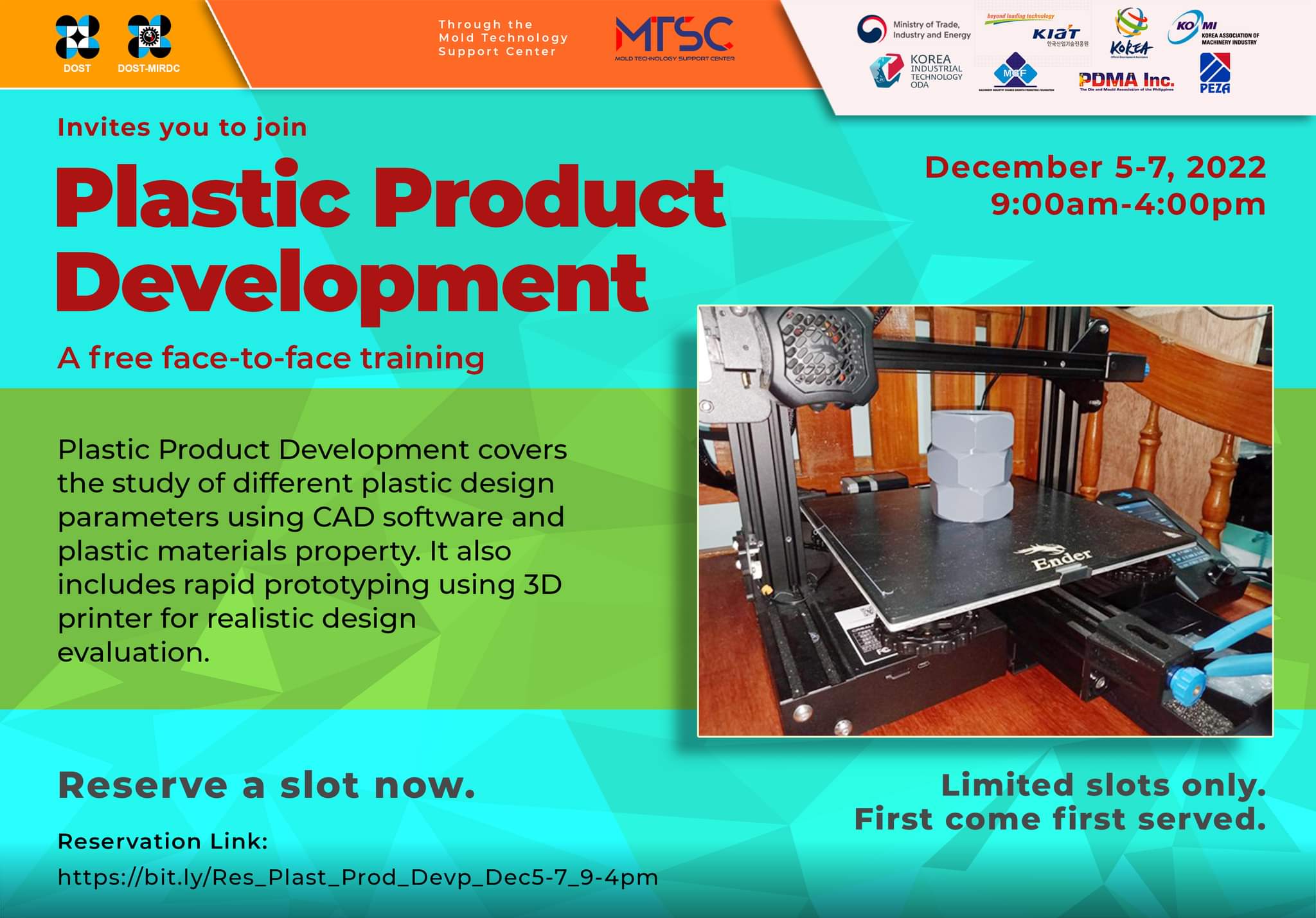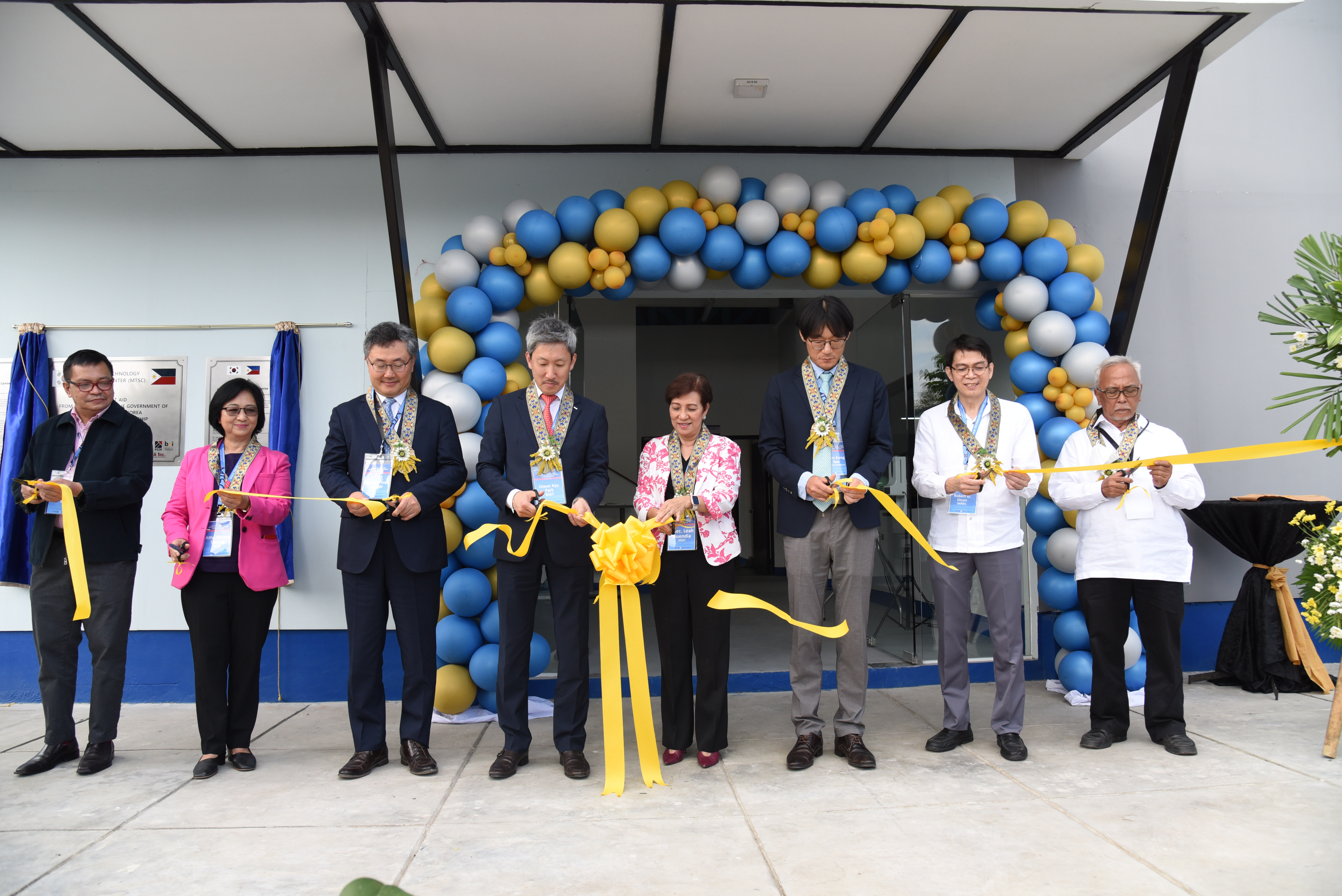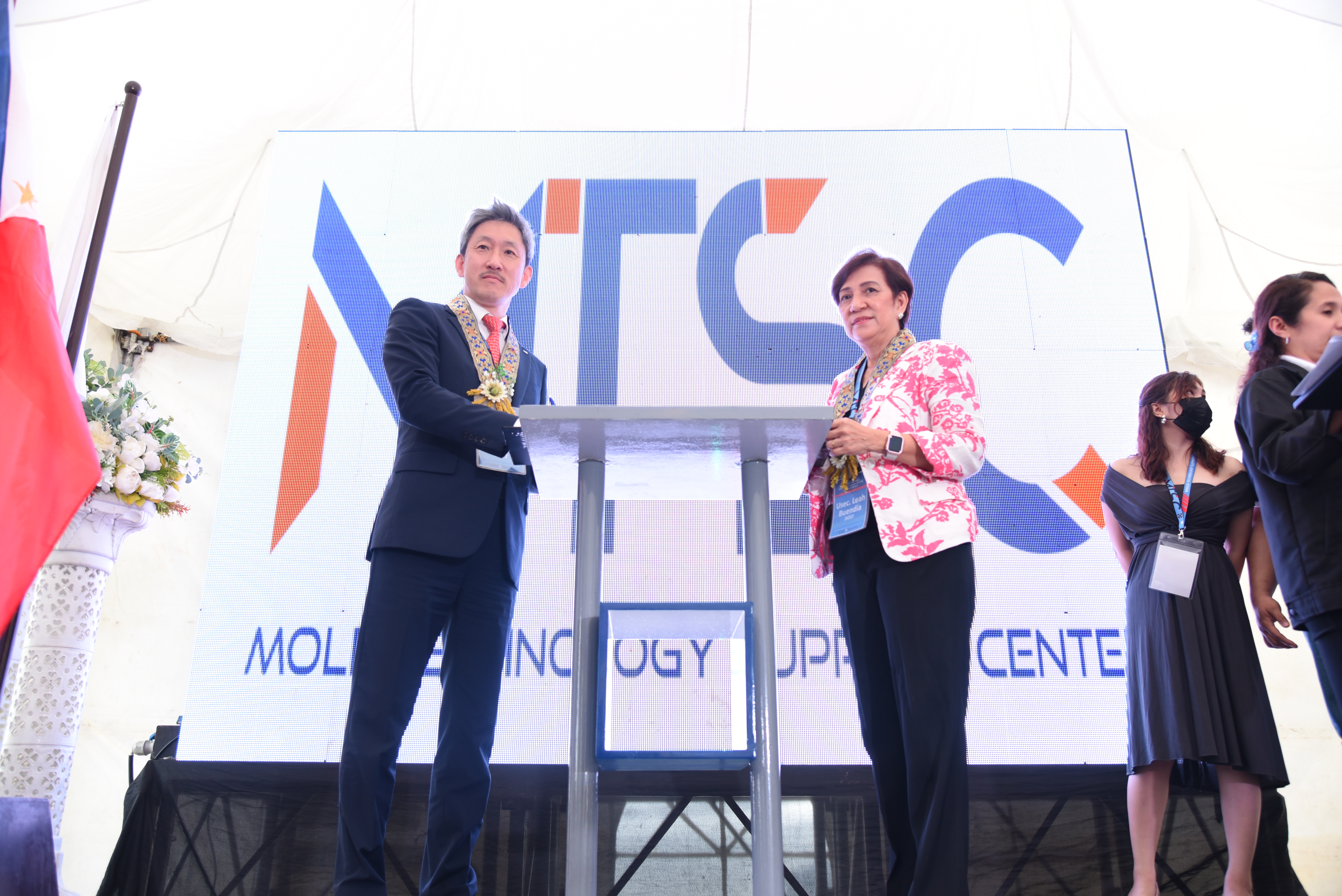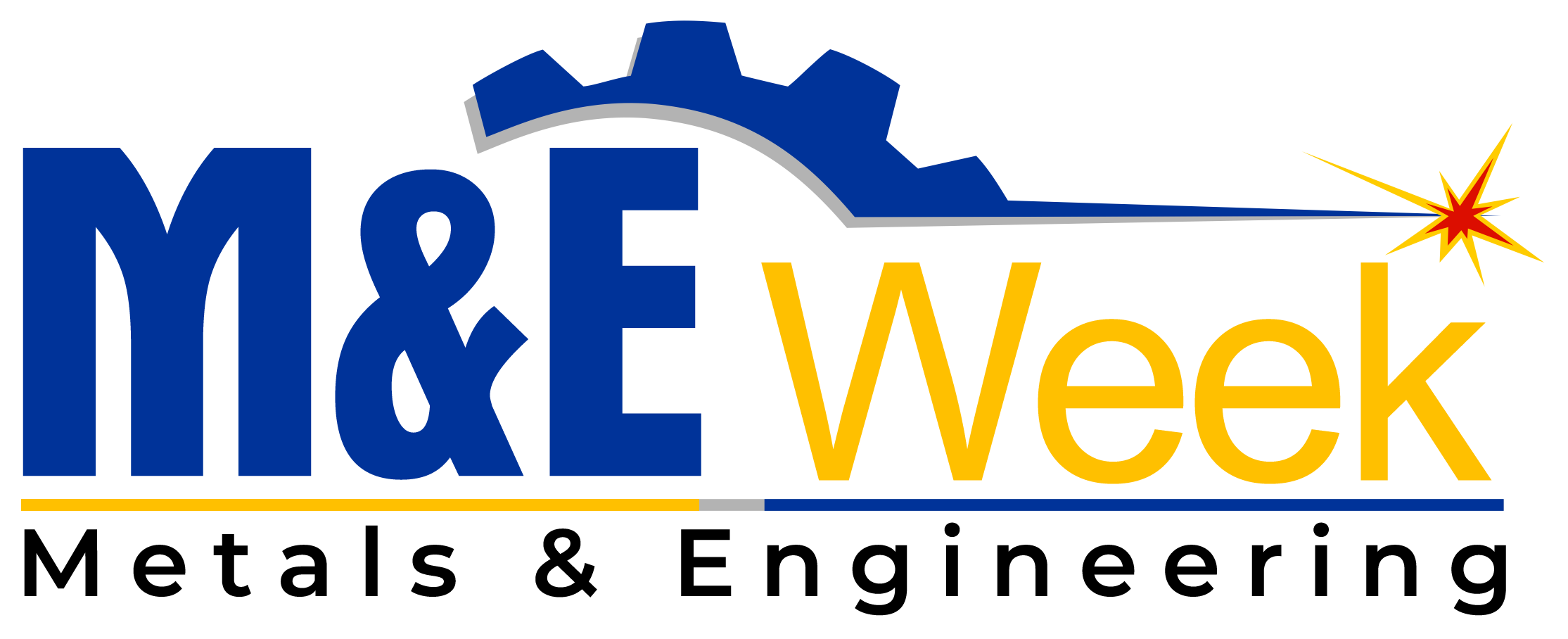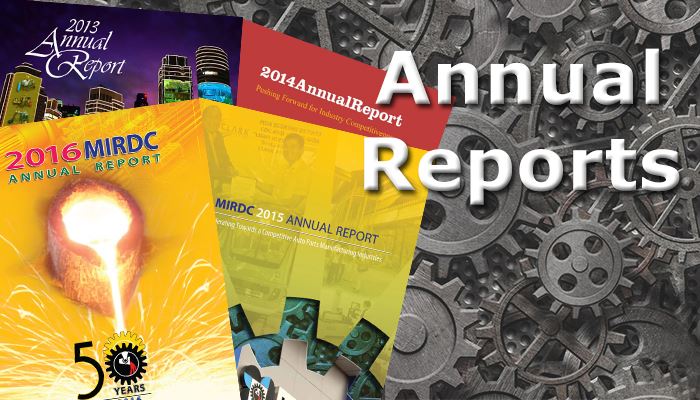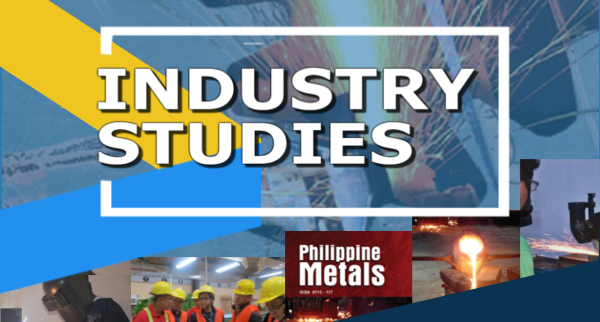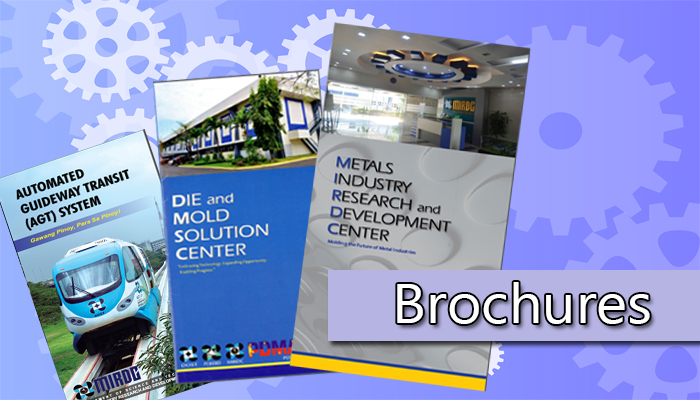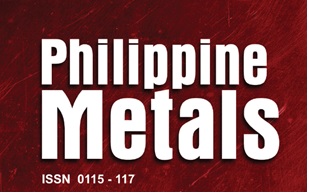Hybrid Electric Road Train Technology of the DOST Eyed to be Adopted by the Cagayan Economic Zone Authority (CEZA)
by Kai H. Negado
In the Cagayan Economic Zone Authority’s (CEZA) pursuit to become a self-sustaining industrial and commercial investment area, the support and use of local technologies are at the forefront. This may be exactly what the CEZA Secretary Jaime R. Escaño had in mind when he envisioned a more efficient means of transporting goods in and around CEZA.

The HERT was originally developed as an alternative mass transport system in areas experiencing heavy traffic congestion. The Filipino-designed and developed HERT has locally available parts. It is powered by a combination of diesel fuel and a battery generator, has rubber wheels, and runs on existing roads. It features a regenerative brake system and does not emit smoke, making it environmentally friendly. The HERT offers the best solution to the transportation requirements presently faced by CEZA.
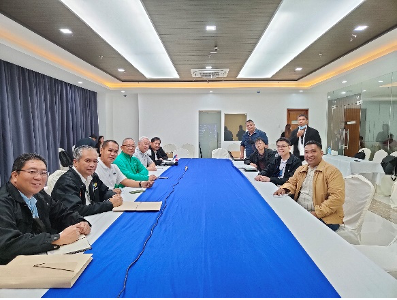
Engr. Robert O. Dizon, Executive Director of the DOST-MIRDC met with Sec. Escaño and other officials of the CEZA on November 14-15, 2022, to look into possible areas of collaboration to address CEZA’s transportation requirements.
The DOST-MIRDC team’s inspection and visits to various sites in Sta. Ana, Cagayan yielded fruitful results. The local government of Sta. Ana and CEZA envisioned the Port of Irene and the Port of San Vicente as the prime ports of the country due to their strategic location on the Eastern side of the Philippines. CEZA is looking for ways to boost the current transport system in anticipation of the escalation of economic activities within the port area.
This collaboration may also possibly tap the involvement of the academe. In another project, the DOST-MIRDC, in collaboration with DOST Regional Offices and state universities, has established Metals and Engineering Innovation Centers (MEICs) that are specially designed to cater to the peculiar metalworking needs of the regions. MEICs are located inside the campus of a state university recommended by the DOST Regional Offices. In the case of Region II, the site of the MEIC is inside the Cagayan State University campus. MEICs can also contribute to the success of the HERT project with the CEZA as these facilities may be used in the development of the HERT.
With major stakeholders on board, the benefits of using locally developed technologies such as the DOST’s HERT will not only bring out the innovativeness of our best engineers and technicians but will also prove that our Filipino experts and local capabilities are able to address pressing challenges that are specific to the needs of the community.
Reservation Link:
https://bit.ly/Res_Plas_Inj_
Date: November 22-24, 2022
Time: 9:00am-4:00pm
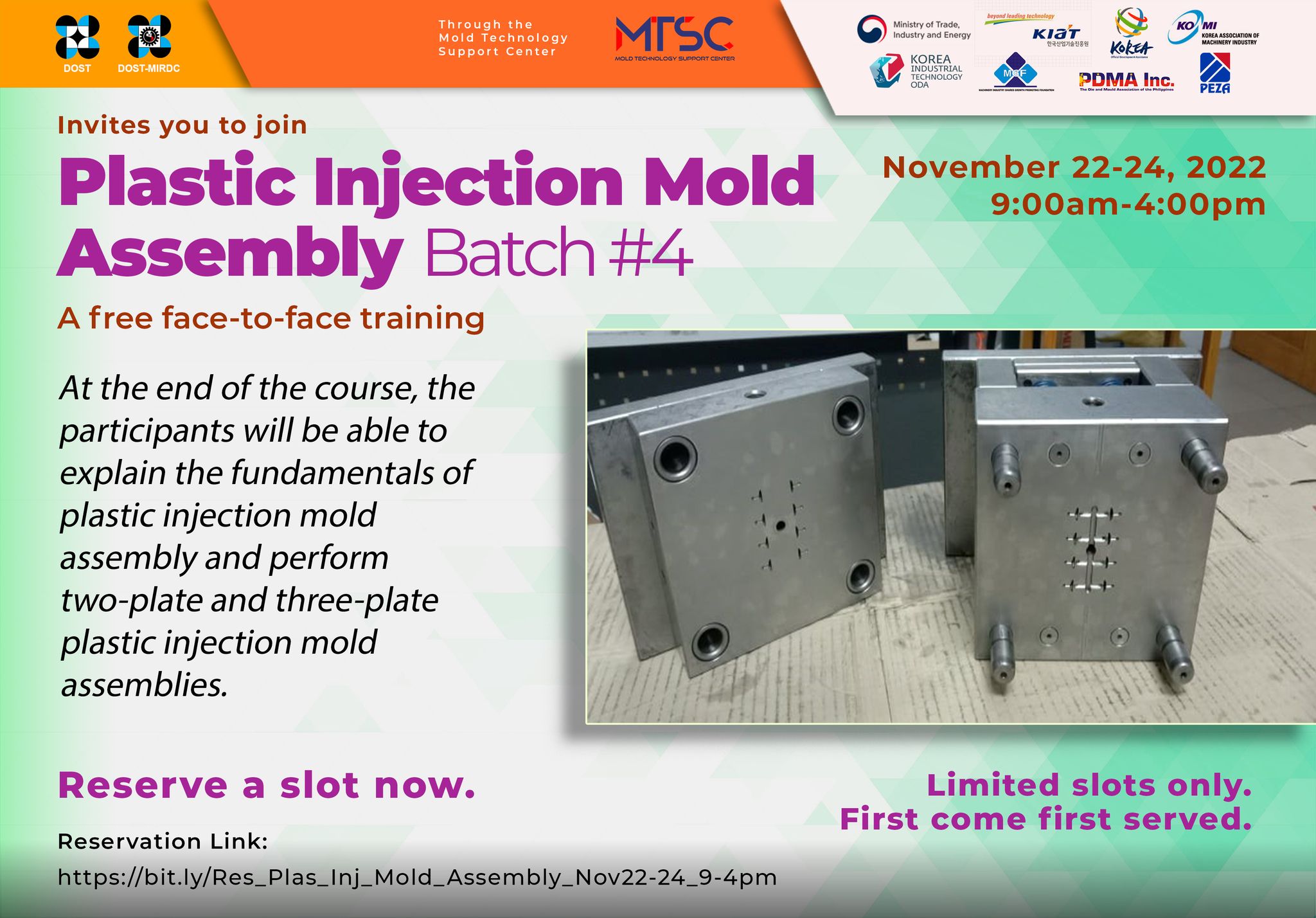
DOST-MIRDC Launches the Mold Technology Support Center to Strengthen the Country's Local Manufacturing Capabilities
By Kai H. Negado
The Philippines, with its aim to strengthen its manufacturing sector, partnered with the Republic of Korea through an Official Development Assistance (ODA) to establish the Mold Technology Support Center (MTSC). As the recipient of the ODA, the Department of Science and Technology (DOST), through the DOST-MIRDC and in partnership with the Korea Association of Machiney Industry (KOAMI), developed the MTSC to address the need for acquiring equipment and developing our local expertise in the die and mold industry.
From left to right: Mr Reynaldo D. Lignes Acting Director, BOI; Atty. Norma B. Tañag Zone Administrator CEZ; Mr. Kapseok Yoon, Vice President, KOAMI; Mr. Cheon Kyo Park, Director General of KIAT; Undersecretary Leah J. Buendia, DOST; Mr. Ahn Eung Soo, Secretary, Embassy of Korea; Engr. Robert O. Dizon, DOST-MIRDC Executive Director; Mr. Jaime L. Diaz Vice President, PDMA, Inc., during the ribbon-cutting of the MTSC on November 10, 2022.
Over a hundred people were present during the ceremony held on November 10, 2022. Partners from Korea who provided the MTSC with the much-needed equipment were in attendance, along with DOST Undersecretary for Research and Development Dr. Leah J. Buendia, local die and mold industry partners, and representatives from other government agencies who were part of the success of the establishment of the MTSC.
An official signing of the record of hand-over was also held during the event, which marks the beginning of the operation of the MTSC.
Mr. Cheon Kyo Park, Director General of KIAT and DOST Undersecretary for Research and Development, Leah J. Buendia during the signing of the Record of Hand-over.
The MTSC houses equipment which directly addresses the needed services for mold-related projects, these include top-of-the-line mold technologies and the most modern software that is now readily available to be used by the local die and mold industry. The MTSC does not stop there, it also provides training programs focused on die and mold-related technologies which aim to increase the capabilities of Filipinos and provide the knowledge and skills needed to improve human resources.
From left to right: Mr. Park Sungbae, Manager KOAMI; Engr. Robert O. Dizon, DOST-MIRDC Executive Director; Mr. Kapseok Yoon, Vice President, KOAMI; Mr. Hyung-Kyoon Ahn, Center Head, KOAMI; Dr. Agustin M. Fudolig, DOST-MIRDC Deputy Executive Director and Project Leader of MTSC; Mr. Woojae Jeon, Manager, KOAMI; and Ms. Yeojin Yoon, Assistant Manager. KOAMI, join the launching of the MTSC on November 10, 2022.
During his opening remarks, DOST-MIRDC Executive Director Robert O. Dizon thanked all the partners involved in the success of the project and congratulated their efforts in overcoming challenges especially those brought about by the pandemic, saying that because of their persistence, ‘the MTSC is now ready to operate to cater to the needs of the local die and mold industry.’
Undersecretary Buendia, who delivered the inspirational message on behalf of the DOST Secretary, stated that ‘the DOST is proud of what the MTSC project has already achieved,’ and that the Secretary is also confident that the center ‘will become one of the Department’s contributors in addressing the major challenges in the die and mold industry.’
Through the evident success of this ODA, the DOST-MIRDC envisions the MTSC as part of the DOST strategies of boosting the country’s local manufacturing capabilities through science, technology, and innovation.
KOREA AND PH PARTNERSHIP LAUNCHES THE MOLD TECHNOLOGY SUPPORT CENTER
by: KAI H. NEGADO
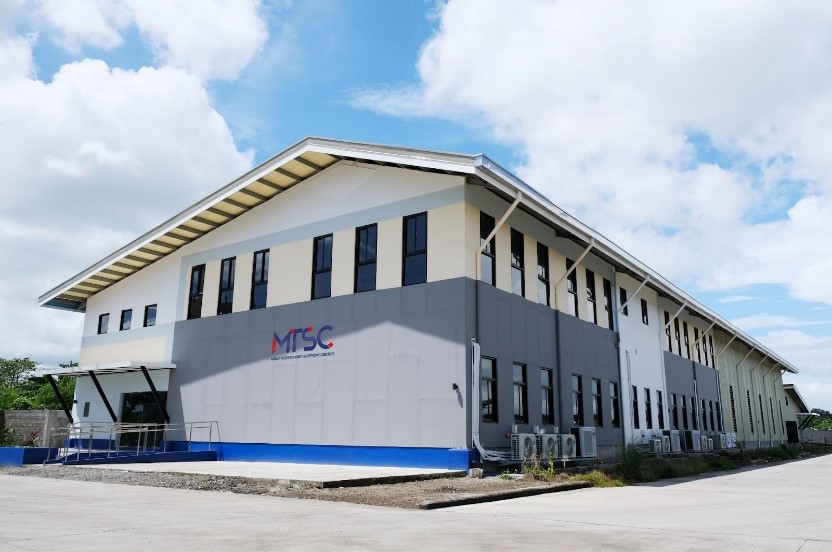
One way to strengthen the economy is to fortify a country’s manufacturing capabilities. This is the objective of the Mold Technology Support Center (MTSC), a facility established through the partnership between the Republic of Korea and the Philippine government.
The Department of Science and Technology (DOST), through the DOST-Metals Industry Research and Development (DOST-MIRDC), has been working towards building the MTSC since its Groundbreaking Ceremony in October 2019.
After three years and through the COVID-19 pandemic, the MTSC will be holding its launching and hand-over ceremonies on 10 November 2022 at Gen. Trias, Cavite.
Housed in the MTSC are equipment, tools, and various technologies for mold and mold-related requirements of the industry. The MTSC aims to help advance the country’s local die and mold companies, increase their productivity and become globally competitive, and contribute to the industrial cooperation between the Philippines and the Republic of Korea.
The MTSC is poised to be a premier training hub for mold technologies. A total of 118 trainings, attended by 6,036 of both local and foreign participants, have been conducted by the MTSC beginning August 2020. The MTSC trainee-graduates will make up the pool of talents that will fill in the requirements of local mold companies.
The MTSC will be instrumental in beefing up the local economy. Within the province of Cavite alone, there are over 200 companies that the MTSC will be able to provide its services to, while the country’s local die and mold products are projected to have a market size of Php4B.
Developed in cooperation with the Korea Institute for Advancement of Technology (KIAT), Korean Association of Machinery Industry (KOAMI), Machinery Industry shared Growth Promoting Foundation (MGF), Philippine Economic Zone Authority (PEZA), Department of Trade and Industry (DTI) - Board of Investments (BOI), and the Philippine Die and Mold Association, Inc. (PDMA), the MTSC is envisioned to be the country’s leading facility to advance the human resource needed in the local die and mold industry, and to create products that will be commercially applied to mold-dependent manufacturing industries.

